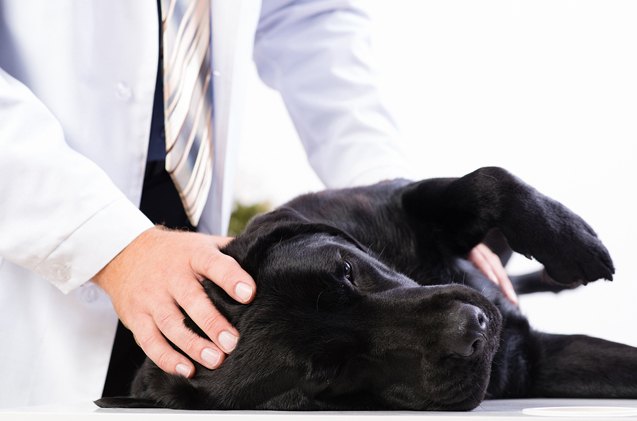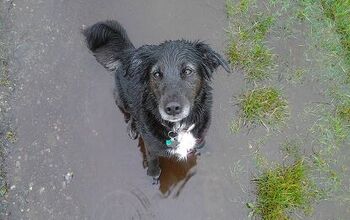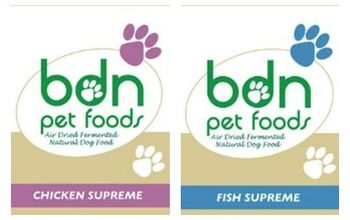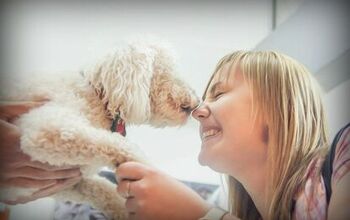Stomach Churning Effects Of Salmonella Poisoning In Dogs

Eating or handling raw meats can lead to salmonella infection in humans, but did you know that dogs can get salmonella as well? Salmonellosis is an infection caused by Salmonella bacteria and it can lead to a number of serious symptoms in both dogs and cats. Let’s go over the basics about salmonella poisoning in dogs including its symptoms, causes, and treatment options.
Related: What To Do When Your Dog’s Food Is Recalled
Symptoms of Salmonellosis
Salmonellosis is a bacterial infection and it may produce a variety of symptoms depending on the severity of the infection. Some of the most common symptoms of this infection include:
- Fever or shock
- Lethargic behavior
- Vomiting or diarrhea
- Loss of appetite
- Weight loss
- Dehydration
- Skin problems
- Increased heart rate
- Swollen lymph nodes
- Abnormal vaginal discharge (in females)
For dogs with chronic salmonellosis, symptoms may be a little different but they will also be more severe. These symptoms may include high fever, weight loss, blood loss, infections, and chronic diarrhea.
Related: The 411 On Colitis In Dogs
Causes of Salmonella Poisoning in Dogs
Salmonella is a type of gram-negative bacteria and there are over 2,000 different types. In most cases, when a dog develops Salmonellosis, he carries two or more types of Salmonella bacteria or other pathogenic microorganisms. There are certain factors which increase your dog’s risk for developing the infection. These may include age, immune system health, and antibiotic therapy. Dogs that are very young or old have the highest risk for Salmonellosis, especially since their immune systems might be compromised or might not be fully developed. Dogs that have been receiving antibiotic therapy might also be at a higher risk for Salmonellosis because the healthy bacteria in their gut might become imbalanced.
Some dogs that develop Salmonellosis never display symptoms, so it can be difficult to diagnose. Your vet will need to perform a routine checkup along with various blood, urine, and fecal tests to confirm the diagnosis. The most common way dogs come into contact with Salmonella bacteria is through infected feces. Dogs that eat a raw food diet may also be at increased risk for Salmonellosis if the food isn’t handled or stored properly. Even if your dog doesn’t show symptoms of Salmonellosis, he could still shed the bacteria in his saliva or feces which could spread the disease to other animals or even to humans.
Treatment Options for Dogs
In many cases, treatment for Salmonellosis will also involve rehydration and replacing lost electrolytes. In some cases, a plasma or blood transfusion may also be necessary. Some antimicrobial medications have been effective against Salmonella bacteria and, in severe cases, steroidal medications may help to prevent shock.
If your dog displays any of the symptoms listed above, you should take him to the vet for immediate treatment. Salmonellosis is treatable but, if left untreated, it can lead to complications and symptoms that might negatively impact your dog’s health.

Kate Barrington is the loving owner of two cats (Bagel and Munchkin) and a noisy herd of guinea pigs. Having grown up with golden retrievers, Kate has a great deal of experience with dogs but labels herself a lover of all pets. Having received a Bachelor's degree in English, Kate has combined her love for pets and her passion for writing to create her own freelance writing business, specializing in the pet niche.
More by Kate Barrington























